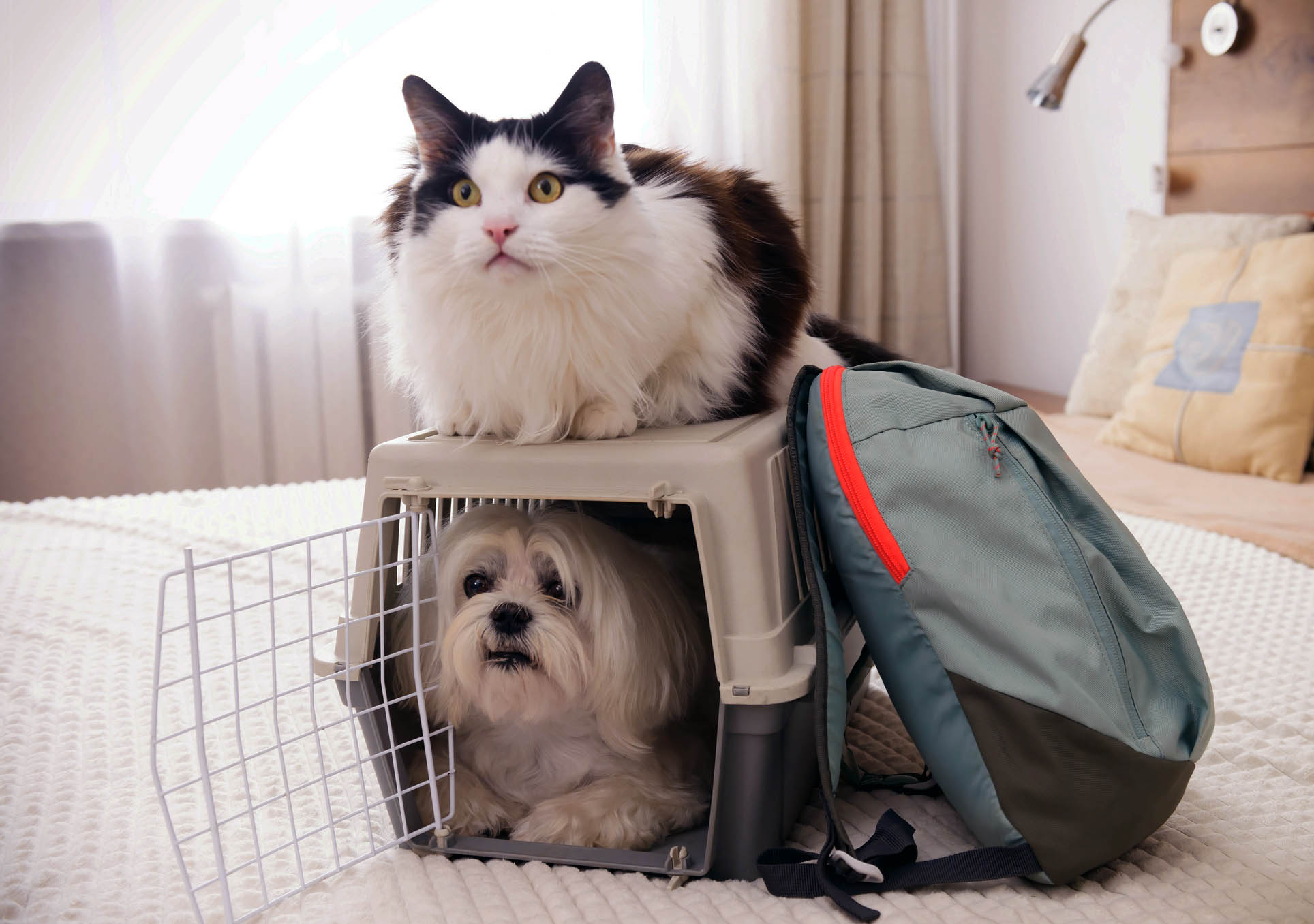Get Prepped With This 5-Step Checklist for National Pet Preparedness Month
Doctor of Veterinary Medicine

While efforts are made to answer all questions as quickly as possible, if an immediate answer is required or if your pet is in need of urgent or emergency care, contact your pet's veterinarian immediately.
Doctor of Veterinary Medicine

You will receive an answer from Dr. Lindsay and our vet/tech team as soon as possible, usually the same day.
All answers are provided for informational or educational purposes only, and are intended to be a supplement to, and not a substitute for, the expertise and professional judgment of your pet's veterinarian.
It may be necessary to consult your pet's veterinarian regarding the applicability of any opinions or recommendations with respect to your pet's symptoms or medical condition.
CloseDoctor of Veterinary Medicine

An error has occurred, please reload the page and try again.
CloseDoctor of Veterinary Medicine

While efforts are made to answer all questions as quickly as possible, if an immediate answer is required or if your pet is in need of urgent or emergency care, contact your pet's veterinarian immediately.
There is no answer related to your question

National Pet Preparedness Month, sponsored by Ready.gov, is a month-long educational campaign to help pet parents create plans for national disasters and emergencies that include their four-legged family members.
While it can be scary to think about, most of us couldn’t imagine evacuating without our dogs and cats by our side. By making plans and stocking up on supplies, you can greatly increase the chances that you’ll keep your whole family safe and stay together in the event of a disaster.
Teach pets to respond to their names
Dogs and cats instinctively run and hide when they’re scared, and when it’s time to evacuate, every minute counts. Strong recall can someday save your pet’s life, not only during a natural disaster or other emergency, but in times when they escape your property or find themselves in danger. To train a strong recall, teach your pet to respond to their name and/or a recall word like “here!” or “come!” Always call your pet before something positive, like meals or to give them a treat.
Check and update your pet’s microchip
If you’re ever separated from your pet, and they’re not wearing a collar, a microchip is a permanent, highly effective way of ensuring that they’re reunited with you. At your next routine vet visit, ask the vet to scan your pet’s chip to ensure that it has not migrated. Make sure the registration number associated with your pet’s microchip is connected to a directory profile with updated contact information. If you’ve lost your pet’s registration number, your vet can pull it up when they scan the chip.
Teach your pet to not mind being crated or kenneled
If you ever need to evacuate, you’ll likely need to confine your pet during travel and wherever you may be sheltered. Crating your pet may also be necessary if you have to shelter in place. Your pet should have a crate or travel carrier that they can comfortably stand, sit, turn around, and lie down in, and they should willingly and easily go inside when asked. Both dogs and cats can learn to go into their carrier on command. It helps to put your pet’s food inside at mealtimes.
Create an emergency supply kit
Keep an emergency stash of pet supplies in an easily accessible location in your home so you can pick it up and go if you ever need to evacuate. It should contain a few days’ worth of food, bottled water, medications, a pet first aid kit, an extra leash and harness for dogs, as well as an extra collar with identification tags. Your pet’s emergency kit should also include copies of vet records, emergency phone numbers, and vaccine documentation stored in a waterproof bag.
Research emergency shelters and hotels
If you’re evacuated from your home, you’ll need to shelter somewhere that accepts pets. There are usually designated storm shelters set up in public schools, fire stations, and community centers during natural disasters, and some allow companion animals, while others may partner with a local animal welfare group that can house your pet during an emergency. You can contact your local Red Cross chapter or fire department to find out where emergency storm shelters are typically set up near you.
VISION
Every pet deserves to live a long, happy, healthy life.
 Swipe
Swipe


















